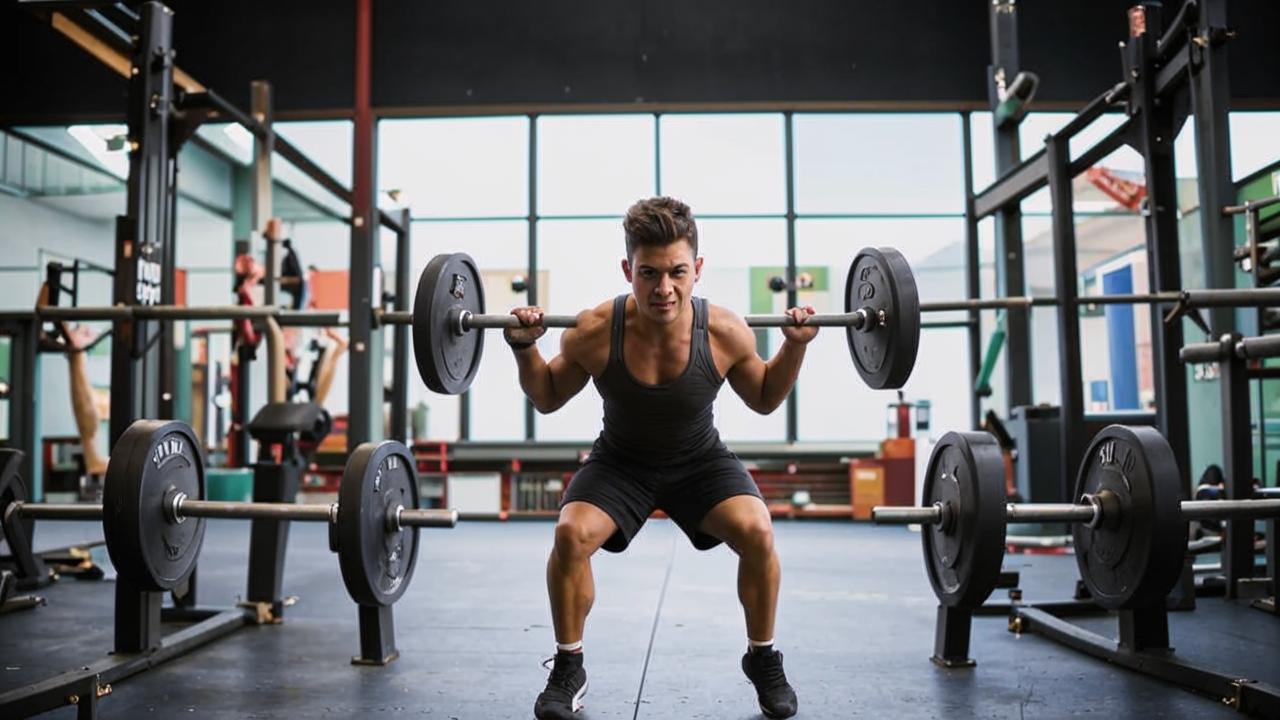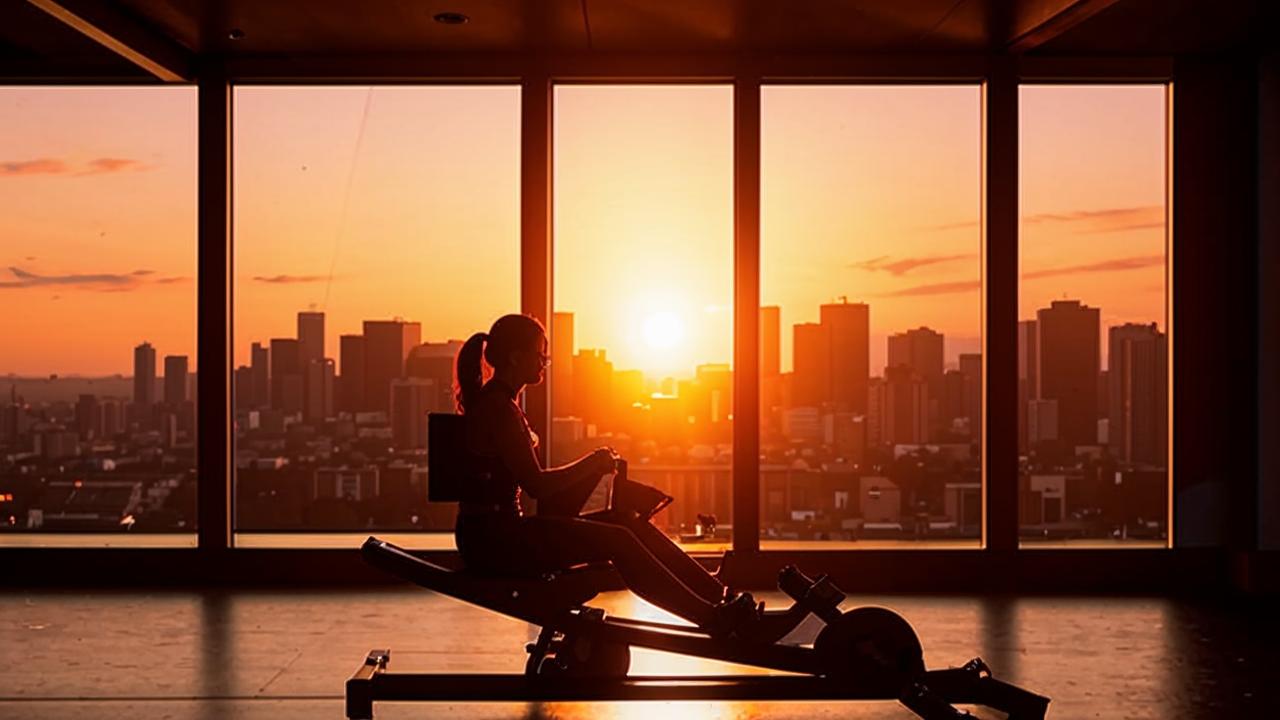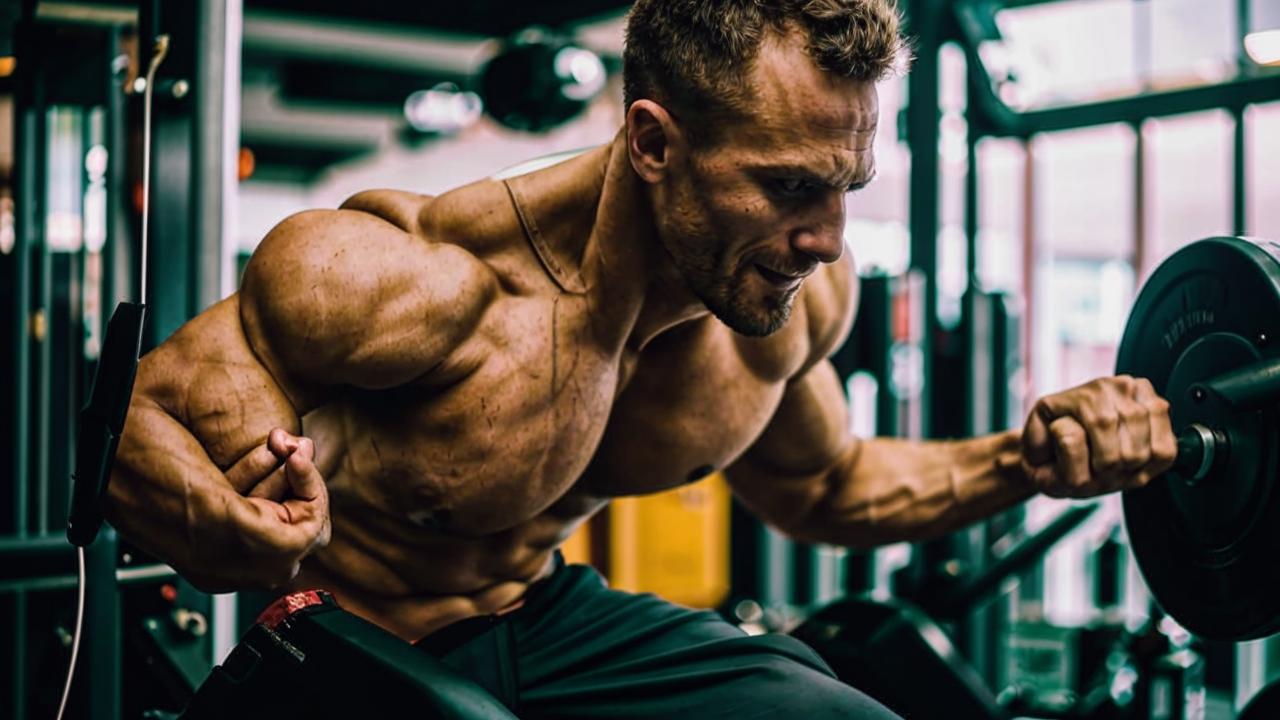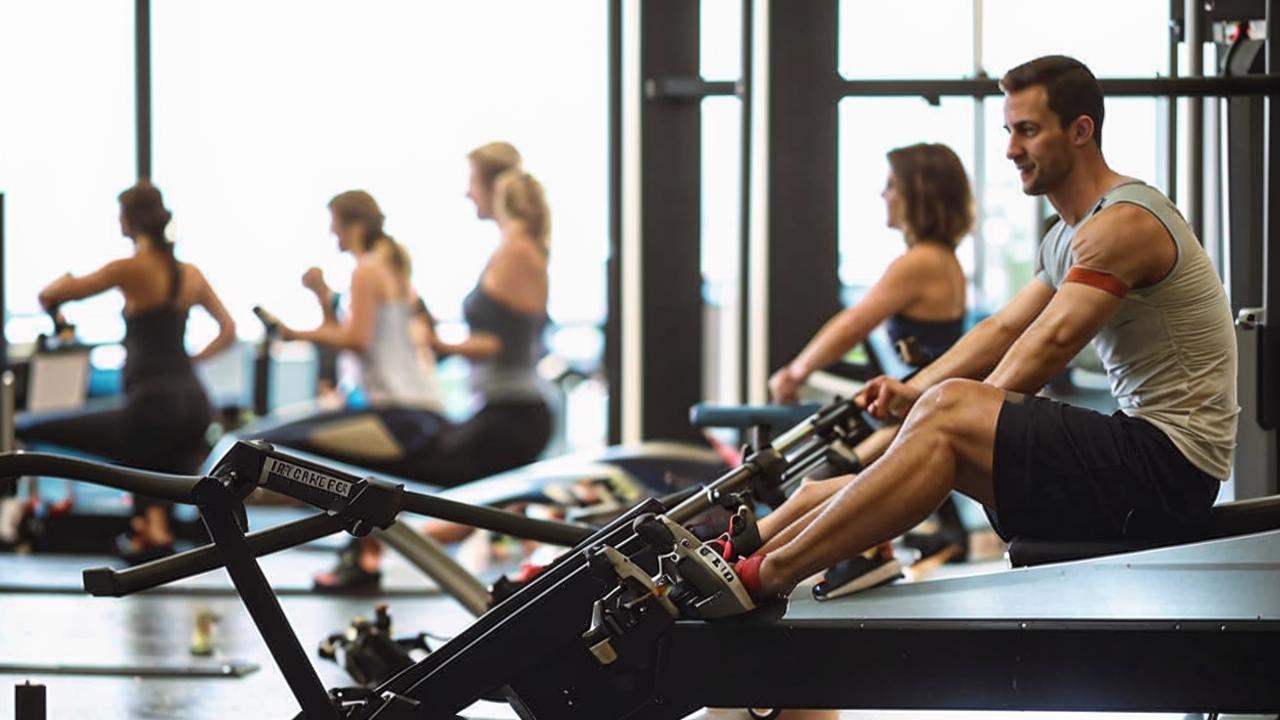
fitnes trener
“The lower block pull is a strength training exercise in a machine designed to pump the muscles of the upper body. Namely, the broadest muscles of the back, biceps brachii, posterior bundles of deltoids, large round muscles, middle part of the trapezius, rhomboid muscles, back extensor muscles and forearm muscles”.
The exercise is suitable for both beginners and experienced athletes. Change the weight of the weight from light to heavy and find a comfortable grip to suit your training needs.
With different grip widths and handles, you can choose which muscle segments to emphasize.
Prednosti
Prevent back pain. Lower block pulling strengthens the muscles of the upper body. Strengthening these muscles helps prevent back pain. The exercise is also effective in case of discomfort in the lower back.
Strength development. This exercise is technically similar to rowing in a rowing machine, but there is a difference between them. Lower block pulling is an anaerobic exercise for strength and muscle development, while rowing is an effective aerobic endurance exercise.
Injury Prevention. Block pulling builds strong broad back muscles, posterior deltoids, and round muscles. They help stabilize the shoulder joint, maintain normal range of motion and reduce the risk of injury. For example, boxing, volleyball, basketball, tennis and swimming require you to frequently raise your arms above your head. This forces the shoulder joint into extreme amplitude. Exceeding the amplitude of movement in the joint can cause damage to ligaments, cartilage, and bone.

Formation of strong muscles of the back and arms. Stretching helps in the formation of correct posture and a healthy spine. Strong arm muscles make it easier to cope with many household tasks, removing unnecessary strain from the neck and lower back.
Development of strength endurance. Lower block pulling can be done for 15-20 repetitions to increase strength endurance. This will develop the body’s ability to withstand forceful exercise for longer.
Improved joint health. Physical exercise helps to make the joints more mobile and improve the metabolism in them. It is important to do everything technically correct and to choose an adequate weight of weights.
Increase the level of general physical fitness. The exercise is multi-joint and involves several muscle groups at once. Blood circulation increases in them, muscles are more saturated with oxygen, nutrient delivery to muscles and nearby organs improves, which has a positive effect on the health of the whole body.
Sub-exercise for pulling the barbell to the waist. The lower block pull can be included in the list of auxiliary exercises for pulling the barbell in the incline. First, you will prepare your back muscles for the axial load. Secondly, you will develop the correct movement of the pull to the waist, which will help to feel the broadest muscles of the back better when performing the barbell pull with heavy weight.

Technique of performing the lower block pull
This exercise can be performed in several variants of technique and with different handles. It all depends on your goals and objectives. Also, the choice of handle may depend on individual features of the structure of the musculoskeletal system. Some people are more comfortable with one type of handle, while others are not comfortable with it.
- Position yourself on the seat of the exerciser, resting your feet on the floor or on a special platform. Your legs are slightly bent at the knees. Grasp the handle, having previously selected it for yourself.
- Your back is straight with a slight bend in the lower back, shoulder blades are down and brought together, the chest is brought forward, the neck is straight, the gaze is directed straight ahead.
- As you exhale, pull the handle to your abdomen. As you exhale, bend the arms at the elbows, bringing the elbows pressed against the body behind the back. Pause briefly.
- As you inhale, slowly straighten your arms in the elbow joint. In the exercise it is allowed a slight pendulum swing of the body forward and backward.
- Try to keep your back straight throughout the exercise and your shoulder blades together.
Perform three approaches of 10-12 reps without chitting. Rest between approaches – one to two minutes.

Recommendations for execution
Execution Technique. Learn how to properly place your feet, keep your back, apply different grip, breathe. You will save yourself from injuries and maximize the benefits of the exercise.
Dihanje. Proper breathing helps improve blood and oxygen circulation in the body. Breathing style is individualized to the exercise, there is no one right way for all types of workouts. In this exercise, exhale is done at peak effort toward yourself, inhale – handle away from yourself.
Warm-up. We recommend doing a warm-up before any workout. It helps to prepare muscles and joints for physical load. Ligaments become more elastic, blood circulation improves and flexibility increases. This helps make your workout more effective and reduces the risk of injury. Do one or two 10 repetition lower block pull ups with a small weight, and then move on to work sets.
Different handles. Use different types of handles. Don’t get hung up on one V-shaped handle. This approach will engage different segments of your back.
Pogoste napake
Okrogel hrbet. Keep your back straight throughout the exercise. Bending your legs at the knees will help with this. Focus on your posture so that the broadest muscles of the back work in full amplitude and get a quality load.
Excessive body movement. Athletes use excessive body swing when leaning backward and due to inertia. This causes the broadest muscles of the back to receive less load as the back extensors, glutes and posterior thigh muscles become actively involved.
Rapid eccentric phase. During the eccentric (negative) phase of the movement, the handle moves away from the body’s torso. Athletes drop the weight or do the movement too quickly. This causes the muscles to lose some of the load. Perform the movement smoothly.
Strong engagement of the biceps. A common mistake is when beginners bend their arms at the elbows instead of bringing them behind their back. This way you load your biceps, not your back muscles.
Small amplitude. This is usually due to too much weight on the weights.

Kontraindikacije
Intense physical activity has a serious impact on the musculoskeletal system. Before exercising, we recommend visiting a doctor for an individual consultation. This will help determine if you have any contraindications. This is especially important if you have heart and cardiovascular diseases, spinal disorders, joint problems, obesity, diabetes and neurological diseases. Consulting a specialist is also recommended if you are pregnant.
Limit the performance of the lower block pull if you have:
- Acute shoulder pain;
- Acute back and neck pain;
- Infectious diseases;
- High body temperature;
- Exacerbation of chronic diseases.
Handle and grip variations
Use a variety of grip and handle options to suit your training goals and objectives.
One-handed grip. The free hand is placed at the side and the working hand pulls the grip to the waist. This variant can be useful for people with muscle imbalances, when one part of the body is noticeably stronger than the other. Also, pulling with one hand helps you learn to feel the muscle better. However, you’ll have to keep your body from rotating and stabilize the kor.
Wide and narrow grip pulling. The use of different handles and grips affects the level of activity of different segments of the muscle groups of the back during the exercise. Wide grip pulling is performed with the hands at a distance greater than shoulder width. This exercise activates the broadest muscles of the back, rear delts and biceps. The narrow grip pull is performed with the hands at a distance less than shoulder width. It activates the broadest muscles of the back, trapezius muscles and biceps.

How do I incorporate the lower block pull into my workout program?
How you incorporate the lower block pull into your workout routine depends on your training system.
In the “fullbody” method of training , when all muscle groups are worked during a session, we recommend including the exercise in the program once a week and combining it with basic exercises for other muscle groups. For example, with a bench press, with an army press, with a squat with a barbell.
In the “split” training system , when a specific muscle group is trained during a session, we recommend performing lower block pulling on a back day, selecting exercises so that different segments of the back are worked. For example, pull-ups, pulling the lower block to the waist and pullover.






